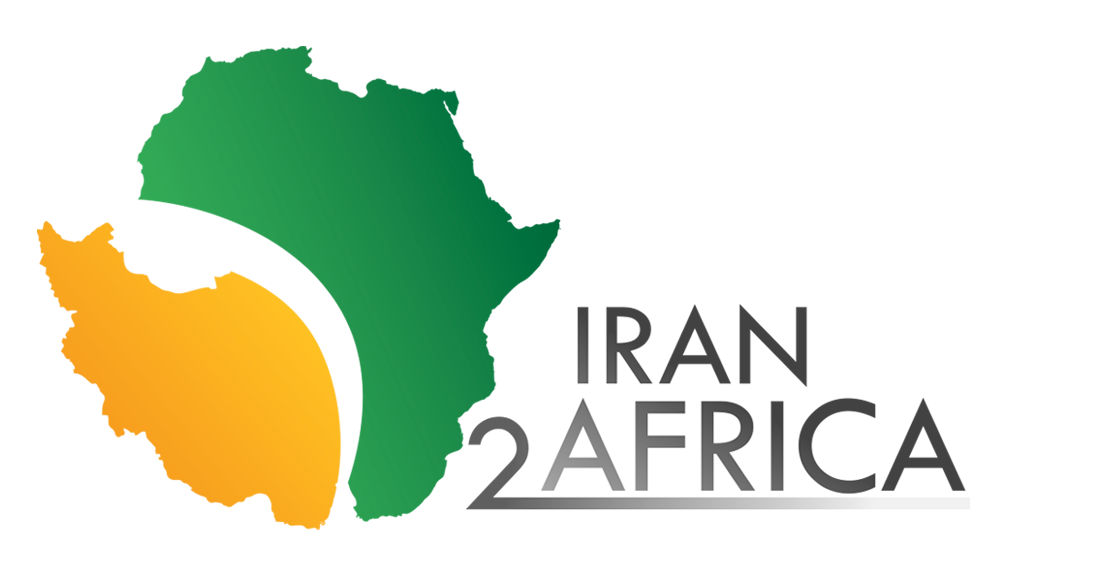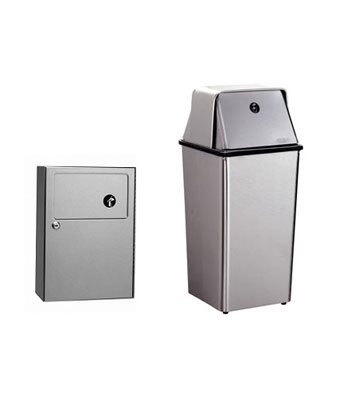Antibacterial Ceramic
0,00 €Introduction
Ceramics due to having excellent chemical stability, as well as good appearance are widely used in different places such as hospitals and buildings. Ceramics, unfortunately, do not have antibacterial effect inherently, and the microorganisms reproduce easily on their surfaces, especially in wet environments. Regarding this, the need for frequent washing and the use of disinfectants is necessary. However, the use of these materials not only causes respiratory problems but also leads to the loss of cement and mortar between the ceramics. Therefore, the use of a ceramic which has inherent antibacterial properties can be effective in solving these problems. Zin oxide nanoparticles have antibacterial effect which can kill many types of bacteria. These nanoparticles penetrate into the cell walls of bacteria and microorganisms and prevent their growth and reproduction. These nanoparticles can be mixed with ceramic glaze as an additive.
Antibacterial Chinawear with Hydrophobic Coating
0,00 €Introduction
Washing porcelain dishes after a meal is a tedious work. During washing, greasy porcelain dishes are very slippery in hand. Also, in some cases fat stains remain after washing. Moreover, surface of a dish due to direct contact with the hands or leftovers is a good place for growth of bacteria and fungi. The aforementioned problems can be obviated with the aid of nanotechnology; to do this, chinaware with hydrophobic and antibacterial surfaces are produced by the addition of silicon and zinc nanoparticles, respectively. The chinaware produced by this company are classified in two different groups:
- Hydrophobic chinawear
- Antibacterial chinawear
Antibacterial Geomembrane
0,00 €Introduction
Geomembrane is a very low permeable synthetic membrane which is used in various geotechnical engineering projects to control water or gas leakage. It has been confirmed that for this application, geomembranes are more efficacious than other traditional products such as concrete, asphalt, and compacted clay. This product has a wide range of properties, i.e. physical, mechanical and chemical resistance, to protect our environment and water resources. It is worth mentioning that the antibacterial activity of polymers reinforced with silver nanoparticles is stable and its high antibacterial efficiency has been observed against different species of bacteria. Silver ions and its compounds can kill a wide range of bacteria, while they have no toxic effect to the human body. Therefore, the use of silver in different forms is a common method of protection against bacteria.
Antibacterial Hospital Waste Bag
0,00 €Introduction
The use of plastic bags is a convenient and hygienic way to collect waste. Plastic bags are very lightweight, and are especially suitable for wet rubbish like food waste. The waste bags containing food waste and other spoilable materials are a suitable place for growth of bacteria which can cause contamination. The antibacterial nanoparticles prevent the growth of microorganisms which lead to contamination. The antibacterial nanoparticles prevent growth of microorganisms which give birth to spoilage and contamination. Zinc oxide nanoparticles show a strong antibacterial activity against the pathogenic bacteria such as E. coli and S. aureus. Addition of these kinds of nanoparticles to the waste bags can create antibacterial properties in them.
Antibacterial Machine-made Carpet
0,00 €Introduction
Carpet is a key decorative element which provides the principles of decoration via the use of color and texture. Recently, the carpet industry has lost market share because based on the findings, covering a floor with a carpet increases the illness, asthma and allergies. The use of soft floor coverings in schools, hospitals and other health care facilities has long been controversial as carpet is thought to contribute to the presence of microorganisms in the indoor environment. Indoor air is a complex mixture of bio-aerosols and non-biological particles. Among the most important of these are human and animal occupants that shed skin scales and other fragments, mold spores, viruses, and bacteria. Two types of antimicrobial treatments exist for carpets and coatings. The first type is used in the manufacturing process. The other type is an antimicrobial additive incorporated in a treatment of the carpet fibers during manufacturing.
Antibacterial Man-made Carpet
0,00 €Introduction
Germs, bacteria and microorganisms are the main causes of diseases, infections and bad odors. The average amount of bacteria found in a homeowner’s carpet is 200,000 organisms per square inch. This amount is 4,000 times more than that found on an average homeowner’s toilet seat. Therefore, the use of disinfectants that can reduce the activity of these organisms can be important. In this regard, the antimicrobial activity of silver has been proven, and it has been used in many applications. The present product is an antibacterial carpet containing silver nanoparticles which prevents creation of bad odors in carpet.
Antibacterial Polyester Yarn
0,00 €Introduction
Polymers can be easily infected by bacteria or fungi, which consequently results in the transmission of diseases and severe infections. Prevention of microbial colonization onto the polymeric surfaces can be fulfilled by adding active antimicrobial agent like silver nanoparticles into the polymers. Polyester is a category of polymers that contain the ester functional group in their main chain. In comparison with other industrial fibers, polyester fibers have high tenacity, low water absorption and minimum shrinkage. This material is widely used in the clothing industry. Silver ions and its compounds are extremely lethal for a wide range of bacteria, whilst they show very low toxicity for human cells. Therefore, silver is widely used as an antibacterial agent.
Antibacterial Polypropylene Fiber
0,00 €Introduction
This product is zinc oxide/polypropylene nanocomposite fibers, which due to the presence of zinc oxide nanoparticles show antibacterial properties. The use of zinc oxide nanoparticles in destroying the bacteria has considerable applications. Due to the presence of zinc oxide nanoparticles inside the polymeric network of the yarn, the rate of releasing nanoparticle is very low; so the long-term antibacterial effect of this product is considerable.
Antibacterial Rubbish Bin
0,00 €Introduction
A waste container is usually made of metal or plastic. These containers are made of polymers such as polypropylene (PP). Because of having a low production cost, PP has a broad range of applications. The use of antimicrobial PP which is a class of polymers with antibacterial activity has been continuously increased. This is due to the fact that the polymer materials can be easily surrounded by bacteria or fungi, which consequently results in the transmission of diseases and severe infections. Prevention of microbial colonization onto the polymeric surfaces can be fulfilled by adding active antimicrobial agent like silver nanoparticles into the polymers. Silver ions and its compounds are extremely lethal for a wide range of bacteria, whilst they show very low toxicity for human cells. It should be noted that the polymer-silver nanocomposite maintains its antibacterial effect, as if its antibacterial efficiency against a wide variety of bacteria has been widely reported.
Antibacterial Socks
0,00 €Introduction
When feet perspire, bacteria thrive in the damp fibers and where bacteria thrive, odor thrives too. Therefore, socks are good places for growth of bacteria and creation of diseases. Wearing antibacterial socks can prevent foot-related infections and diseases. By increasing the importance of foot health, the socks containing silver nanoparticles have brought many benefits to the consumers. Nanoparticles including silver and zinc oxide nanoparticles eliminate the bacteria, and consequently remove the bad smells.
Antibacterial Tile
0,00 €Introduction
Ceramic tiles due to having excellent chemical stability, as well as good appearance are widely used in different places such as hospitals and buildings. normally, the microorganisms reproduce easily on the ceramic tile surface, especially in wet environment. The silver-titanium nanocomposite particles have an antibacterial effect which can kill more than 650 different types of bacteria and they are not harmful to the environment and the human body. The silver-titanium nanocomposite particles along with silver ions in the ceramic glaze, penetrate the cell walls of bacteria and microorganisms and prevent their growth and reproduction. These nanoparticles can be mixed with ceramic glaze as an additive.
Antibacterial Toilet
0,00 €Introduction
When using public restrooms, people are often worried about sanitary issues and their related illnesses. People are often sensitive to this issue, so they take special care when using and touching the equipment. Genital infections, fungal infections, skin sensitization and infectious, and microbial diseases are one of the most common causes of these bacteria. This product is an antibacterial squat toilet containing zinc oxide nanoparticles. The antibacterial toilet has surfaces which are resistant to bacterial growth. Sanitary products like wash basin are coated with materials which remove hazardous microorganisms, such as bacteria, viruses, fungi and other germs. In comparison with other metal oxides, the application of zinc oxide in biomedical and antiviral fields is due to its compatibility, solubility in alkaline environments, and terminated polar surfaces.














